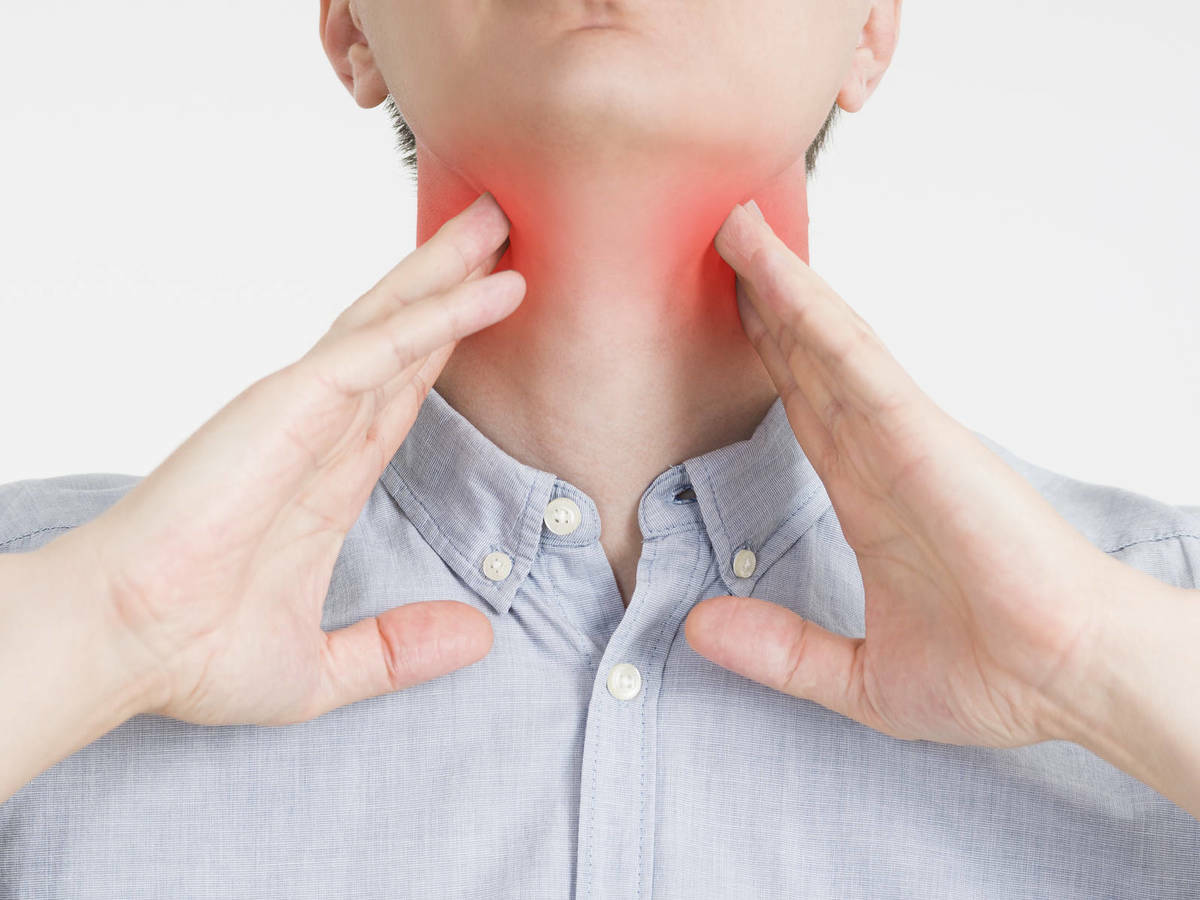Salivary gland disorders

Do you have a problem with your salivary glands?
There are 6 major salivary glands:
- 2 parotid glands, one on each side, lie over the jaw bone in front of the ear
- 2 submandibular glands, each of which sits just underneath the jawline
- 2 smaller sublingual glands that reside in the floor of the mouth
These are the major saliva producers. Saliva drains into the mouth through channels called ducts that are named after the gland they drain.
There are numerous additional minor salivary glands throughout the mouth and throat, so that even if all of the major ones are removed, saliva will still be produced.
Most lumps or disorders of the salivary glands involve the larger ones, commonly the parotid and submandibular gland.
A variety of different salivary gland problems can occur, including duct blockage (from stones or scarring), infection, inflammation and tumours.
Here are some common ways that salivary gland problems may present
- A painless swelling of the whole gland or a discrete lump in one of the major salivary glands
- Pain and swelling around the jaw and face especially after eating or drinking
- Some salivary gland conditions cause a dry mouth and eyes
A localised painful lump, weakness in the face and eye muscles, reduced tongue movement or tongue numbness are worrying symptoms that may indicate a cancer.
How will I investigate your problem?
1. Specific blood tests
May aid in the diagnosis of underlying autoimmune and rheumatological conditions
2. An ultrasound scan
Is the most important test for a lump in the face and neck. This needs to be performed by an experienced head and neck radiologist who may perform a guided biopsy of any suspicious lumps. A specimen may also be sent for culture if indicated.
3. Plain X-rays
May demonstrate stones in the major salivary ducts.
4. An MRI or CT scan
Is useful to determine the size and spread of any tumours and their relation to important structures.
5. A sialogram
Is an investigation where a radio-dense dye is injected into an individual duct to detect any blockage or narrowing. Some of my radiology colleagues may use sialography to retrieve small stones using tiny baskets, balloon up any narrowed duct sections and flush out any infection or debris.
6. A biopsy
Of one the small salivary glands in the mouth (usually from the inside of the bottom lip) may be required in order to diagnose Sjogren’s disorder, a generalised rheumatological condition whereby saliva and tear producing glands are destroyed by an autoimmune attack.
How will I treat your salivary gland ailment?
An infection will usually require a course of antibiotics and plenty of oral fluids.
Lemon juice or other substance that stimulates saliva flow may be helpful
Specific anti-inflammatory and immune suppressive medications prescribed by a rheumatologist may be needed to control autoimmune conditions.
Stones may be retrieved from major ducts via a small operation if sialography isn’t successful. Larger stones embedded in the main glands may require excision of the whole of the salivary gland for symptom relief.
Management of salivary gland tumours
Most tumours of the salivary gland are benign; the commonest one is called a pleomorphic adenoma. Surgery is usually recommended as they can uncommonly turn malignant if left for a long time.
Definite or likely cancerous lesions will be discussed in a dedicated head and neck cancer multidisciplinary team meeting. An operation to remove the cancer will usually be the recommended treatment
The major salivary glands are intimately related to critical nerves that supply the muscles of the face and tongue and sensation to the tongue. It is important to try and preserve each and every branch of these nerves to avoid severe functional and cosmetic consequences.
I am an experienced ENT, head and neck surgeon who regularly performs operations for complex salivary gland disorders and cancers in my NHS and private practice.
I routinely use intraoperative nerve monitoring and operate with magnifying loupes or microscope to give me the best chance of preserving vital nerves and vessels.
